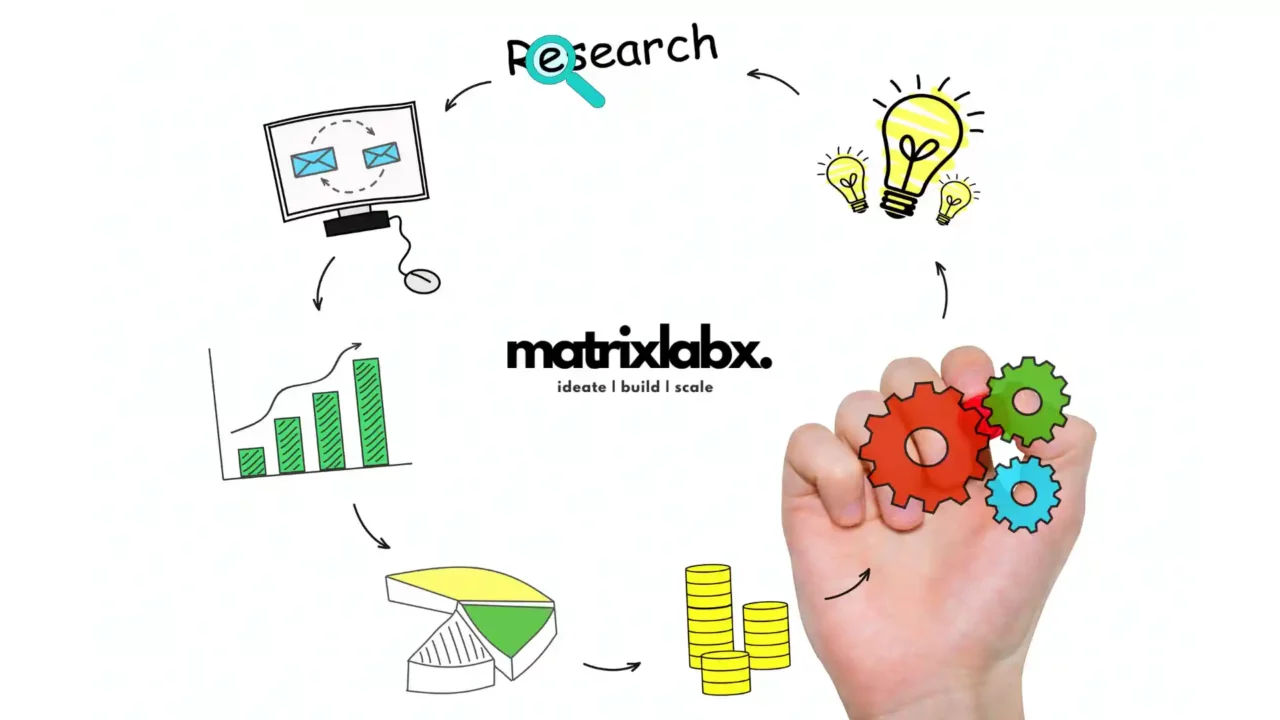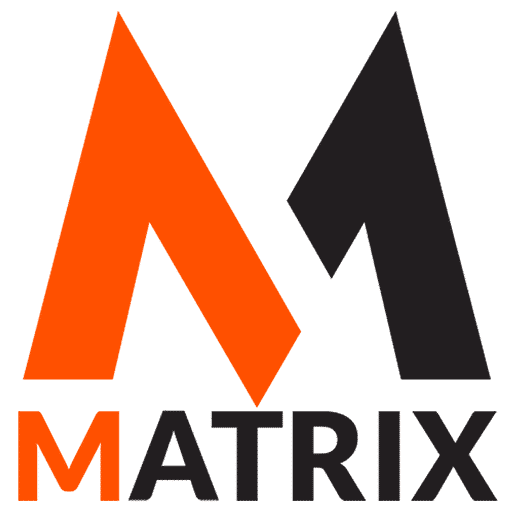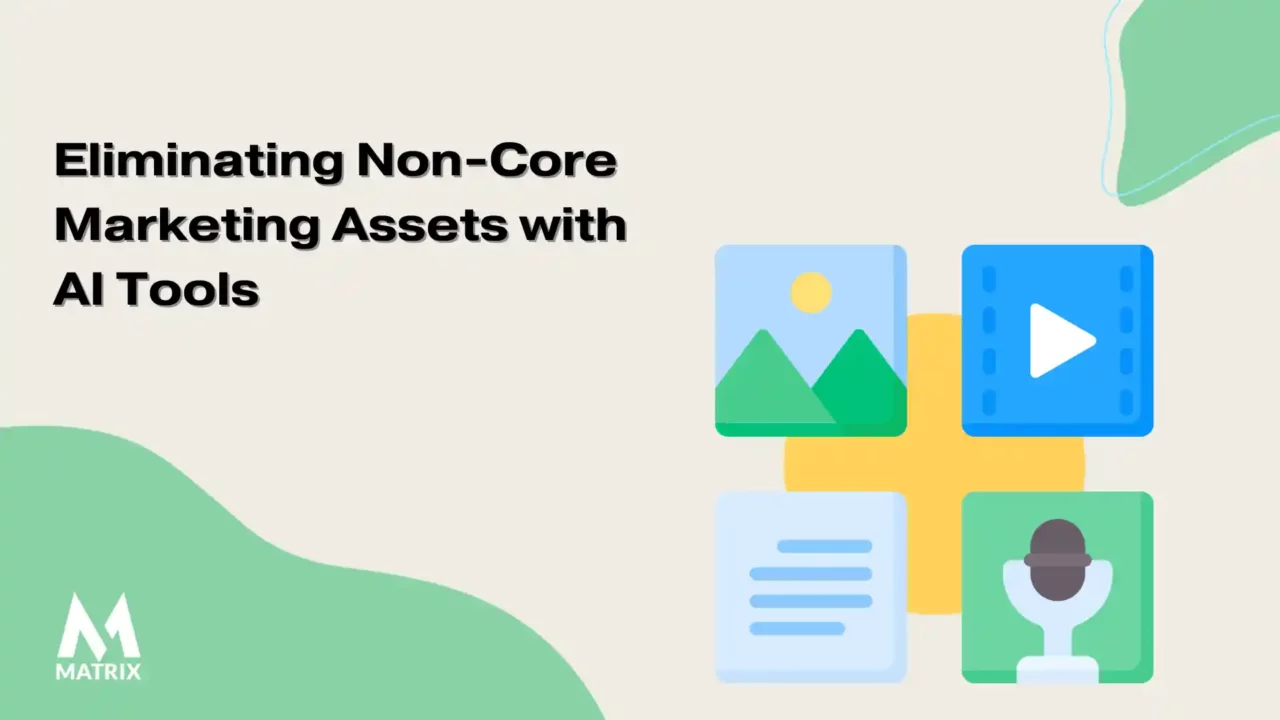Eliminating Non-Core Marketing Assets with AI Tools: A Guide
Learn How to Eliminate Non-Core Marketing Assets with AI Tools: A Guide
Imagine a streamlined marketing department where every asset resonates with your brand story, outdated or ineffective campaigns don’t hinder your team, and every resource is laser-focused on driving growth. We will also discuss what digital marketing assets are and provide examples of marketing assets. Content Marketing Financial Firms
With AI tools, this is no longer just a dream. It’s an attainable reality, beckoning businesses to enter a future where marketing is leaner, smarter, and infinitely more effective. Embrace the power of AI and watch your business flourish.
Introduction to Eliminating Non-Core Marketing Assets
In the ever-evolving marketing landscape, ensuring that every piece of content, campaign, or tool utilized produces results is critical. How to Use AI Digital Marketing to Transform Your Marketing Results
Non-core marketing assets and types of digital marketing assets that do not align with your company’s strategic goals or deliver insufficient ROI can detract from essential efforts and resources.
Businesses can efficiently identify and remove these underperforming assets by leveraging AI tools.
What are non-core marketing assets?
Non-core assets are elements within a marketing portfolio that do not significantly contribute to a company’s primary objectives or brand strategy.
These can range from outdated content on a website, ineffective social media campaigns, or unused promotional materials.
Learn how to take a marketing asset inventory.
To do a marketing asset inventory, follow these steps:
- Identify all of your marketing resources. This includes both digital and physical assets, such as:
- Website content
- Blog posts
- Ebooks
- Whitepapers
- Case studies
- Infographics
- Videos
- Social media posts
- Email templates
- Product brochures
- Sales flyers
- Trade show displays
- Print advertising
- Point-of-sale materials
- Organize your assets into categories. This could be by type of asset (e.g., website content, blog posts, ebooks), by target audience (e.g., customers, leads, partners), or by marketing campaign (e.g., product launch campaign, brand awareness campaign).
- Gather information about each asset. This could include the asset’s title, author, creation date, last update date, file format, file size, and location.
- Assess the performance of each asset. This can be achieved by examining website traffic, social media engagement, email open rates, and other relevant metrics.
- Identify any assets that are outdated, underperforming, or no longer relevant to your organization. These assets can be deleted, updated, or merged with other assets.
- Create a document that lists all your marketing resources and their associated details. This document will be your marketing asset inventory.
Here are some additional tips for conducting a marketing asset inventory:
- Use a spreadsheet or CRM system to track your assets. This will make it easier to organize and manage your inventory.
- Get input from your marketing team. They will be able to help you identify all of your assets and assess their performance.
- Review your inventory regularly. This will help you ensure that your assets are up-to-date and relevant. Top 7 Challenges Facing SEO Managers in 2025
A marketing asset inventory is a valuable tool for any business. It can help you to:
- Identify and eliminate non-performing assets
- Allocate resources to the most effective assets
- Make better decisions about your marketing campaigns
- Track your progress over time
If you still need to create a marketing asset inventory, I encourage you to do so today. It’s an investment that will pay off in the long run.
Why is it important to eliminate non-core assets?

Retaining non-core assets can dilute brand messaging, consume valuable resources, and skew analytics. Streamlining your marketing arsenal for clarity, efficiency, and maximum impact is imperative.
As a CFO, are you looking for ways to reduce costs and improve efficiency? One way to do this is to eliminate non-core marketing resources. Non-core marketing assets are those that are not essential to the business’s success. They may be outdated, underperforming, or no longer relevant.
There are several reasons why it is important to eliminate non-core assets:
- Reduced costs: Eliminating non-core assets can save businesses money by reducing the resources needed to create, manage, and distribute these assets. This can include the cost of staff time, software, and other resources.
- Increased focus: By eliminating non-core marketing resources, businesses can focus on the most important assets of their target audience. This can lead to more effective marketing campaigns and better results.
- Improved efficiency: AI tools can help businesses eliminate non-core marketing resources more efficiently than traditional methods. This can free up staff time for other tasks and help businesses to operate more efficiently.
In addition to these benefits, eliminating non-core assets can also help businesses improve their brand image. A well-curated marketing asset library is a sign of a well-managed and professional business. It demonstrates that the business is investing time in creating high-quality content relevant to its target audience.
Return on Investment (ROI) from Thought Leadership SEO
Thought leadership SEO campaigns, which involve strategic planning and high-quality content creation, have demonstrated a return on advertising spend (ROAS) of 9.10, equating to a 748% ROI, with a typical break-even point at around 9 months. Review how to win with SEO Services.
Overall, there are several important reasons why businesses should eliminate non-core marketing resources. By doing so, businesses can save money, improve efficiency, and focus their resources on the assets that are most important to their success.
Here are some specific examples of how eliminating non-core marketing resources can save businesses money:
- A business could save money on website hosting costs by deleting outdated or underperforming web pages.
- A business can save money on email marketing costs by eliminating inactive email lists.
- A business can save money on social media advertising costs by eliminating campaigns that are not performing well.
In addition to saving businesses money, eliminating non-core marketing resources can also help businesses improve efficiency. For example, a business can save time and resources by deleting outdated marketing materials or consolidating similar ones.
Overall, eliminating non-core marketing resources is a smart way for businesses to save money, improve efficiency, and focus their resources on the most important assets to their success. Automated Keyword Discovery: A Game Changer for SEO
How can AI tools help eliminate non-core marketing assets?
Modern AI tools can sift through vast amounts of data, discern patterns, and evaluate the effectiveness of various assets based on set criteria.
AI tools can help eliminate non-core assets in several ways. For example, AI tools can be used to:
- Identify non-core marketing assets in digital marketing: AI tools can analyze assets and identify those that are outdated, underperforming, or irrelevant. For example, AI tools can analyze website traffic, social media engagement, and email open rates.
- Automate the process of eliminating non-core assets: Once identified, AI tools can be used to automate their elimination. This can save businesses time and resources.
- Provide insights into asset performance: AI tools can offer businesses valuable insights into the performance of their assets. This information can be used to identify which assets are most effective and which assets should be eliminated.
Here are some specific examples of how AI tools can be used to eliminate non-core assets:
- A business could use an AI tool to analyze its website traffic and identify web pages that are not generating traffic. These web pages could then be deleted or updated.
- A business can use an AI tool to analyze its social media engagement and identify posts that are not generating engagement. These social media posts could then be deleted or updated.
- A business can use an AI tool to analyze its email open rates and identify inactive email lists. These email lists could then be deleted or cleaned up.
AI tools can be a valuable asset for businesses looking to eliminate non-core assets. AI tools can help businesses save time and resources, identify which assets are most effective, and improve the performance of their marketing campaigns.
In addition to the above, AI tools can also be used to develop new and innovative methods for eliminating non-core assets. For example, AI tools could be used to develop personalized recommendations for eliminating non-core assets or to automate the process of creating and managing marketing asset libraries.
AI tools have the potential to revolutionize the way that businesses manage their assets. AI tools can help businesses save money, improve efficiency, and focus their resources on the assets that are most important to their success.
Affordable SEO Solutions That Drive Real Results
Matrix Marketing Group Delivers Customized SEO Strategies with Transparent Pricing for Maximum ROI. See SEO Services.
Benefits of eliminating non-core assets
Reduced costs: Streamlining your marketing portfolio can save considerable amounts on production, management, and distribution of unused or ineffective assets.
Increased focus: Distilling your marketing to only the most impactful assets ensures a cohesive brand narrative and a concentrated approach to reaching your target demographic.
Improved efficiency: Traditional analysis methods can be time-consuming. AI tools drastically reduce the time spent evaluating and eliminating non-core assets.
How to use AI tools to eliminate non-core assets
- Identify non-core assets: Set clear KPIs and objectives for your marketing campaigns. Assets that don’t meet these benchmarks are potential candidates for elimination.
- Utilize AI tools to analyze assets: Deploy AI-powered analytics platforms to measure key performance metrics, including website traffic, conversion rates, social media interactions, and email campaign effectiveness.
- Eliminate non-core assets: This may involve deleting outdated content, redirecting digital traffic, consolidating similar assets, or discontinuing underperforming campaigns.
Google Ads Checklist – Download Now! 🚀
Struggling to get the most out of your Google Ads? 🔥 Download our Google Ads Optimization Checklist and take your campaigns to the next level!
✅ Maximize Clicks & Conversions
✅ Lower Your Cost-Per-Click (CPC)
✅ Improve Ad Quality Scores
✅ Target the Right Audience
This free checklist will help you set up, optimize, and scale your Google Ads campaigns for maximum ROI.
Conclusion about Non-Core Marketing Assets
Optimizing your marketing strategy in today’s competitive market is more crucial than ever. By harnessing the power of AI tools, businesses can swiftly and accurately identify and eliminate non-essential assets, ensuring that every resource is aligned with the overarching business goal.
CEOs and decision-makers are encouraged to utilize AI tools to refine their marketing strategies, promoting efficiency, focus, and cost savings.
When beginning this process, test on smaller assets to refine your approach and glean insights.
Ensure transparency with your team. Highlight the benefits of this strategy about the broader business goals.
Periodically review and adjust. Eliminating non-core assets is an ongoing process as business goals and market dynamics shift.





